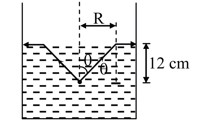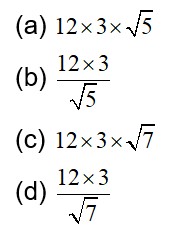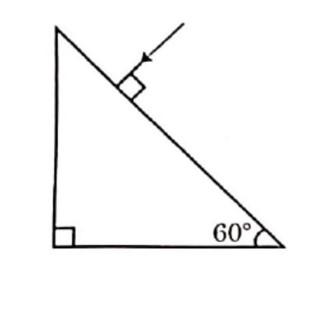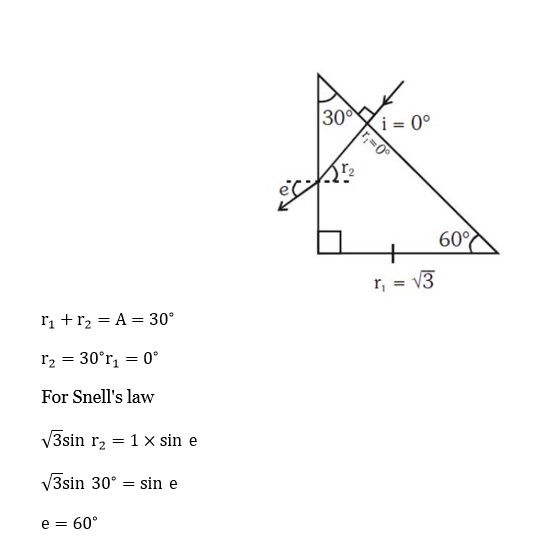Refraction through a Prism
Get insights from 6 questions on Refraction through a Prism, answered by students, alumni, and experts. You may also ask and answer any question you like about Refraction through a Prism
Follow Ask QuestionQuestions
Discussions
Active Users
Followers
New answer posted
3 months agoContributor-Level 10
A total refractive prism is also known as a total internal reflection prism. It is an optical prism that is designed for reflecting 100% of the incident light. This happens since this prism uses the principle of total internal reflection. These prisms are oriented and shaped in a specific way so that the light that enters at a specific angle is completely reflected inside the prism. A right-angle prism, porro prism, dove prism and roof prism are some of the examples of total reflective prism.
New answer posted
3 months agoContributor-Level 10
In a prism, the light ray undergoes refraction twice as it passes through a prism. Let us take a look at both types of refraction.
The first refraction takes place when a light ray enters the prism from air or another medium into glass. It then bends toward the normal if the prism material is denser (n>1)
During the second refraction, the light ray exits the prism again into air, it then bends away from the normal. In case, the angle of incidence is too steep, total internal reflection may occur at the second interface of prism, which prevents the ray from exiting. When this happens, there is only one refraction and one reflection.
Related Tags
New answer posted
3 months agoContributor-Level 10
Total deviation in a prism is the total angle by which the light ray gets bent as it passes through the prism. It is an angle between incident ray and emergent ray of the prism. When a light enters the prism, it will bend towards the normal. After that, it will travel through the prism and bend away from the normal as it exits. Total deviation is the sum of these two from which the apex angle is subtracted.
The formula for total deviation for a prism is as follows:
- : angle of incidence at first surface
- : angle of emergence at second surface
- A: apex angle of the prism
Taking an Exam? Selecting a College?
Get authentic answers from experts, students and alumni that you won't find anywhere else
Sign Up on ShikshaOn Shiksha, get access to
- 66k Colleges
- 1.2k Exams
- 680k Reviews
- 1800k Answers





